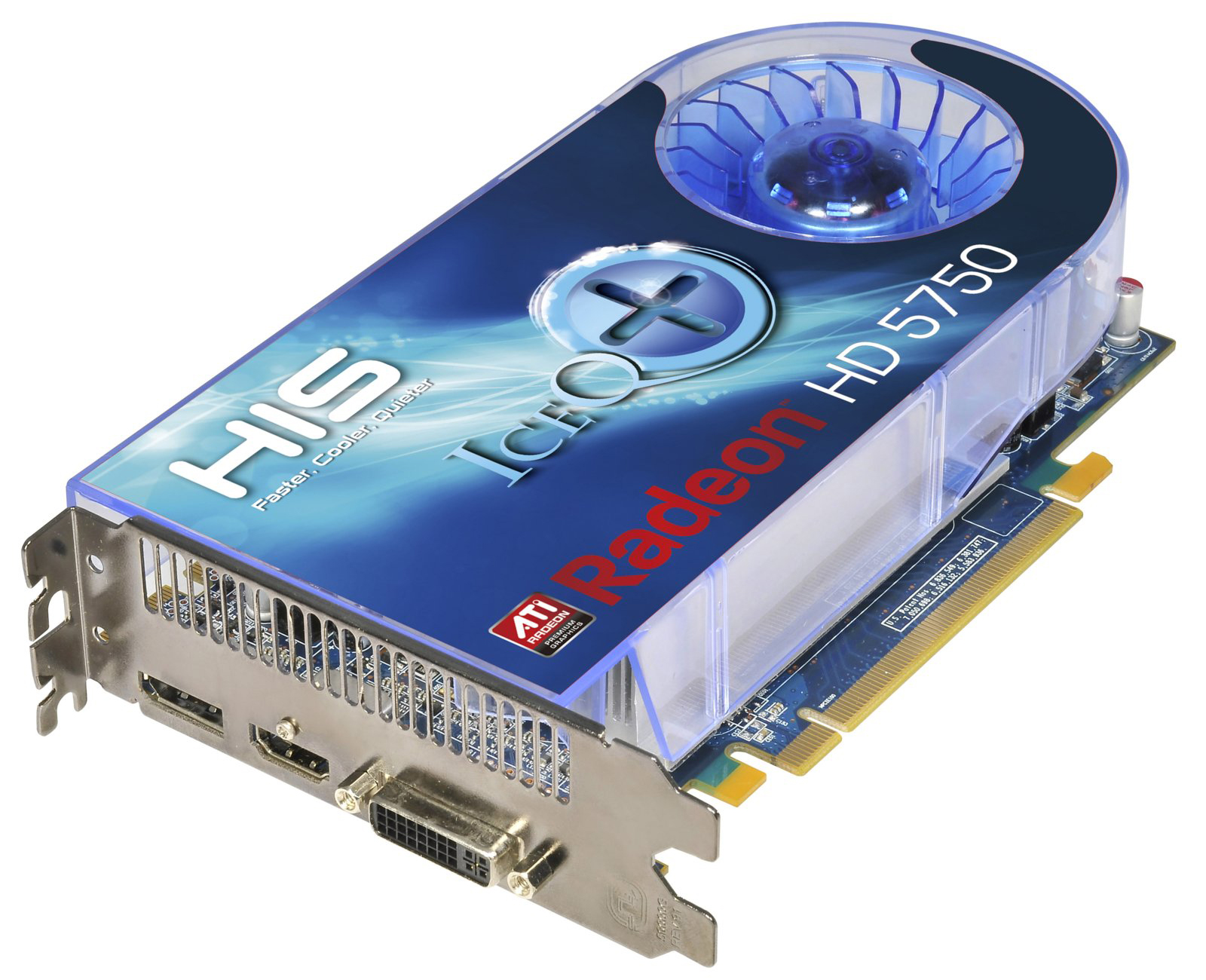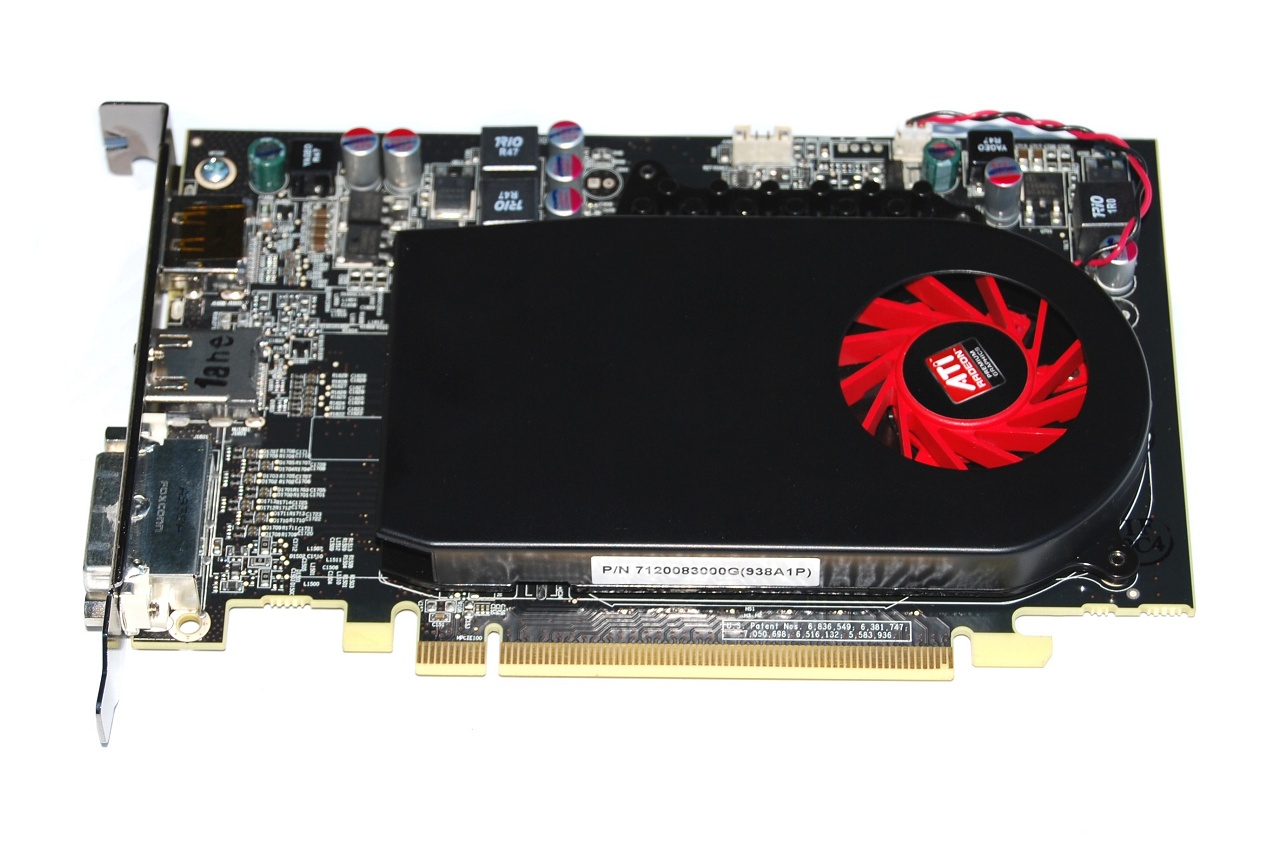


The best configuration called "GT3e" does not only feature 2.5 times the shader units of the HD 4000, but also an additional eDRAM cache which should decrease the heavy dependence from the RAM interface. With Haswell, Intel tries to take the performance gains another step forward.

Performance was found to near the lower mid-level discrete solutions from AMD and Nvidia but couldn’t match the IGPs of the best AMD APUs. HD Graphics 4000 was another giant leap forward that brought the possibility of gaming. This solution was still plagued by poor support for newer graphics technologies. The introduction of HD Graphics 3000 in the Sandy Bridge architecture was a giant leap from the anemic GPUs in the pre-Arrandale period. Things have changed in the last two generations of processors. The users have been plagued by very low performance with poor driver support making it virtually impossible to play any of the newer games with acceptable graphics quality and framerates. Intel IGPs have never been considered suitable for 3D applications and games until recently. For the original German review, see here.


 0 kommentar(er)
0 kommentar(er)
